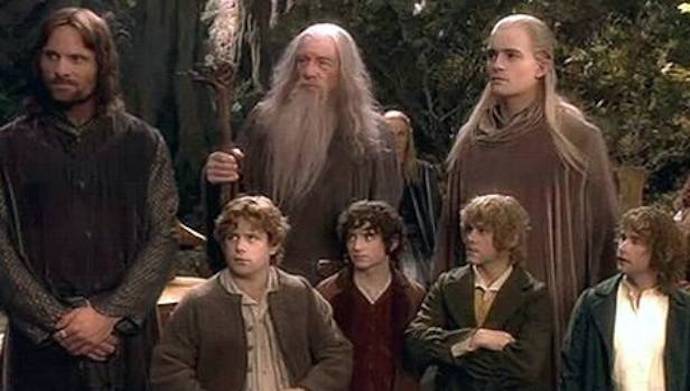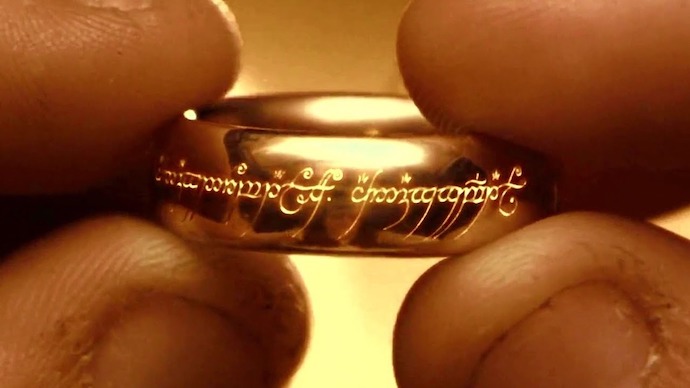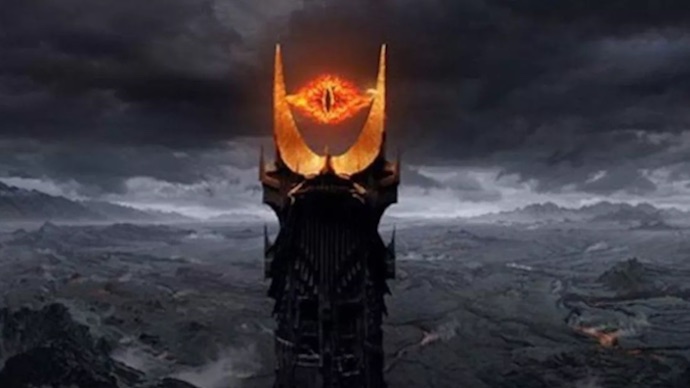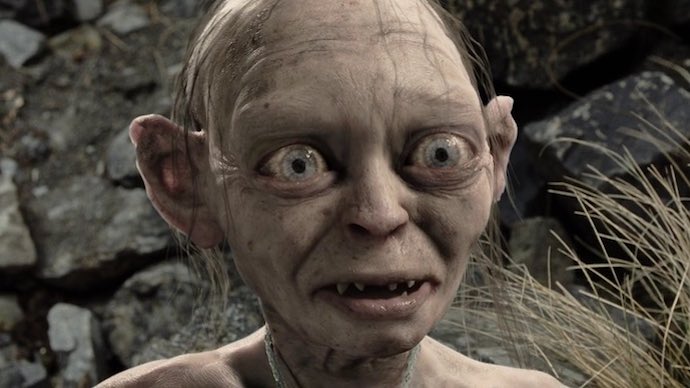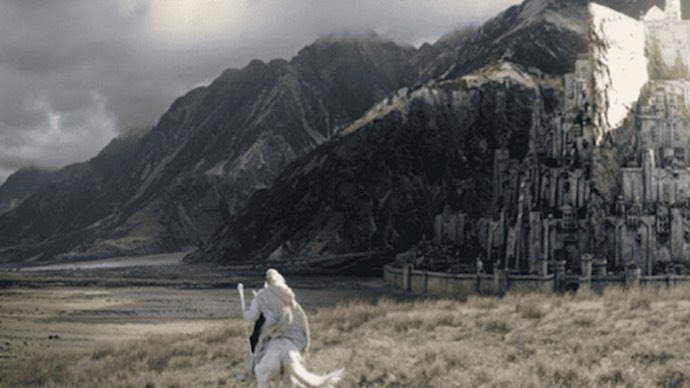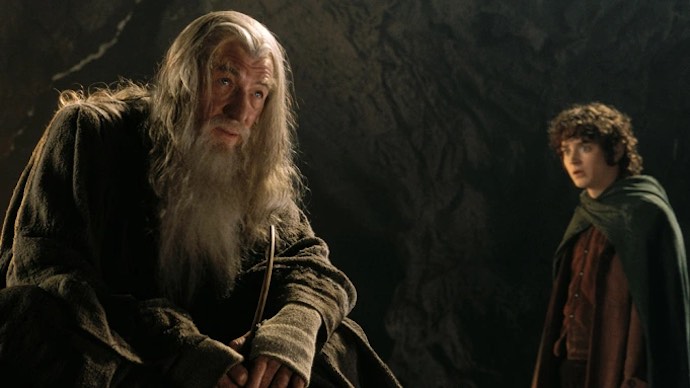Movie fandoms seldom last two decades and beyond, but the Lord of the Rings films are just as loved now (if not more) than they were when they first released. Few franchises have garnered the same level of enduring reception as Peter Jackson’s films. In some ways, one could argue that the trilogy was the beginning of the end for an entire era of cinema—a time when the theater experience was jaw-droppingly unique. These days, theaters have lost much of their appeal and edge, and audiences aren’t easily impressed. So, what changed? How did Lord of the Rings end up being such a unique cultural and cinematic event? Let’s stroll back to 2001 and revisit how the trilogy changed cinema culture for good.
1. LOTR’s Critical Adulation
Currently, the Lord of the Rings trilogy is the highest-rated film trilogy on Metacritic (which compiles critical analyses of all professional movie critics and aggregates a single score called the “metascore”). Fantasy movies weren’t “serious movies” back in 2001, and critics rarely paid much attention to them. While there had been one-off movies that garnered high praise, they were rare—and none of them ever won any prestigious awards. That’s where Lord of the Rings differed. The Return of the King became the first fantasy film to win the Academy Award for Best Picture. The first two films were both nominated for it, but it wasn’t until the last one that the award was secured. In doing so, Lord of the Rings legitimized fantasy cinema as “real” cinema. The film also equaled the record for most Oscars won by a single film, with eleven wins across every category it was nominated in. The effect saw people everywhere cast off the previous geeky nature of the franchise and accept it into the mainstream.
2. LOTR’s Concurrent Shooting Schedule
The film series wasn’t shot year-by-year, with the later films contingent upon the success of the first. Instead, the entirety of the Lord of the Rings trilogy was shot in one go over a single 18-month filming schedule, which was a first for any film series. It’s an enormous risk for any studio, as failure would mean tons of lost money. But the risk was worth the reward, and the result is a film trilogy that holds a consistent narrative thread throughout. Contrast that to the struggles of director Denis Villeneuve, who can’t work on Dune: Part 2 until the first film proves itself successful—and even when it does, he and his crew have to pick up from where they left off. This high-risk style of filming isn’t the norm for large Hollywood productions, but it’s a shining example of what such confidence in a single filmmaker’s vision can bring to the screen.
3. LOTR’s Annual Release Schedule
The Lord of the Rings films released across three consecutive years: 2001, 2002, and 2003. It’s the perfect release schedule in how it affords each film enough time in theaters, but not so much time in between to kill interest. Those were three magical years in cinema. The Harry Potter film series also shares credit for this style of cinema releases, with each film coming out with one year in between. Both franchises were produced by Warner Brothers, who doesn’t always get things right, but they definitely got it right here. The yearly release schedule has since become a staple for big film franchises, as seen in how the MCU’s Infinity War and Endgame films each released one year apart to huge success.
4. Motion & Performance Capture
Before Andy Serkis’ Gollum, motion capture performances didn’t exist in any meaningful way. His work on the trilogy revolutionized filmmaking at the blockbuster level, and now actors can become transformed by visual effects into anything they need to be. Furthermore, Serkis’ performance showcased how an actor’s performance could come through the visual effects and permeate the screen to such a degree that the character becomes iconic. Think about all the iconic mo-cap characters that came later, including Alan Tudyk’s Sonny, Zoe Saldana’s Neytiri, and Josh Brolin’s Thanos. None of them would have become a reality without the groundbreaking work that Serkis and the effects team did in Lord of the Rings.
5. Mainstream Attitudes
For something to break into the mainstreams of cinema culture and even pop culture, it all depends on how the general public embraces that thing. Usually, the things that live longest in pop culture are new and novel subjects that haven’t been done before. That’s why the Lord of the Rings film trilogy is such an achievement. This adaptation of J.R.R. Tolkien’s book series brought the story across in such a way that mainstream audiences embraced it feverishly—and it’s an indication of how beloved Jackson’s films have become. Suddenly, Lord of the Rings wasn’t just a book series for nerds to read in secret, keeping hidden from their friends and family who have no interest in fantasy lest they ridicule in return. It’s now acceptable. Terms such as “Gollum” and “The One Ring” became phrases that anybody would understand, and two decades later, Boromir became a worldwide “One does not simply…” meme. The effect of that pop culture propulsion allowed such properties like Marvel to think that their films and lesser-known characters could have a real future on the big screen.
6. Birth of Modern Blockbuster Cinema
There is a cogent argument to be made that The Fellowship of the Ring was the first blockbuster fantasy film to change what modern filmmaking could be. Yes, the film raked in money. Yes, the film garnered a large dedicated following that still exists to this day. But before all of that, the film showed audiences that fantasy could be a real blockbuster film. Again, the Harry Potter films deserve some credit for doing that in their own way as well. But the degree to which Lord of the Rings earned critical acclaim while dominating the box office was evidence that the market for expansive-scope stories was ready to explode. In the years since, billion-dollar movies are now regular events year-on-year at movie theaters. Dune was the latest high-budget production that achieved similar critical success for adapting a classic novel. Read next: The best director’s cuts of movies

